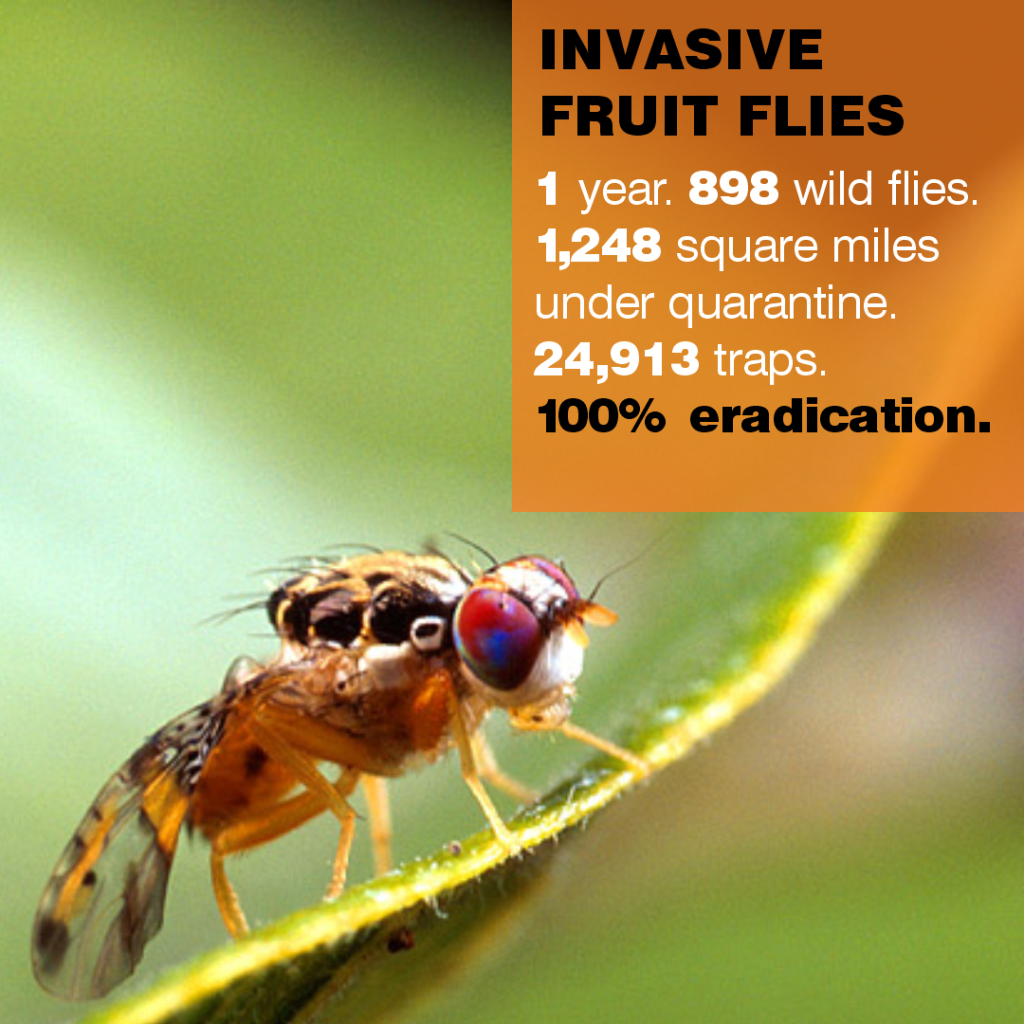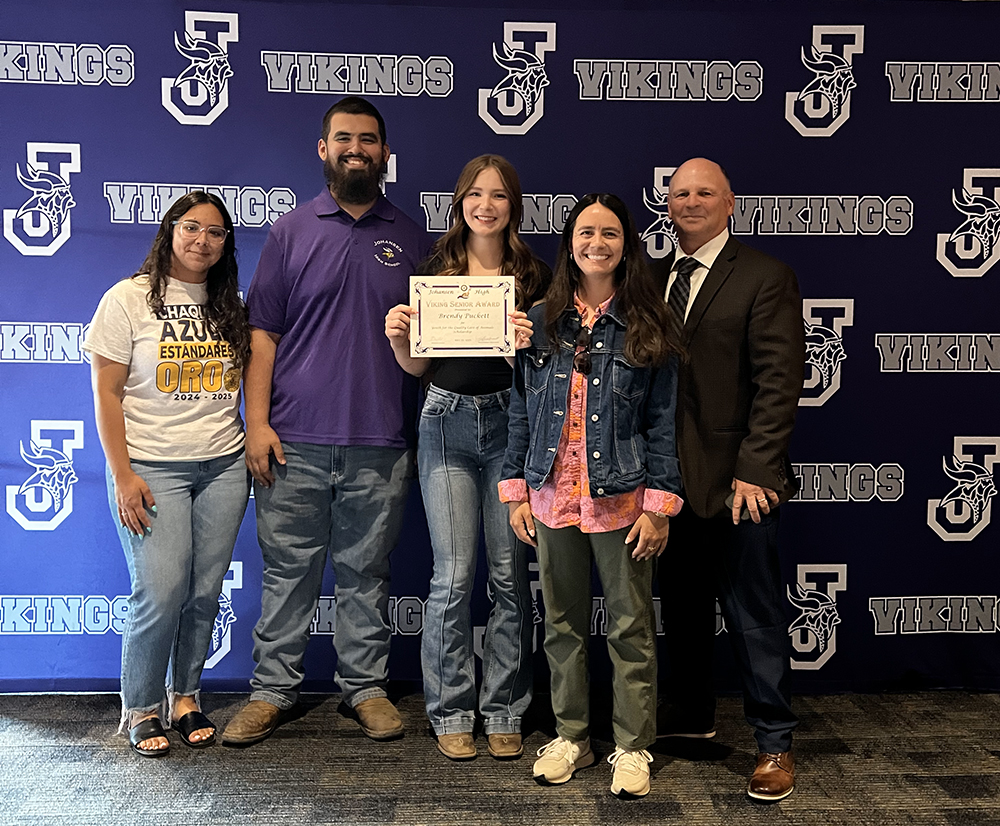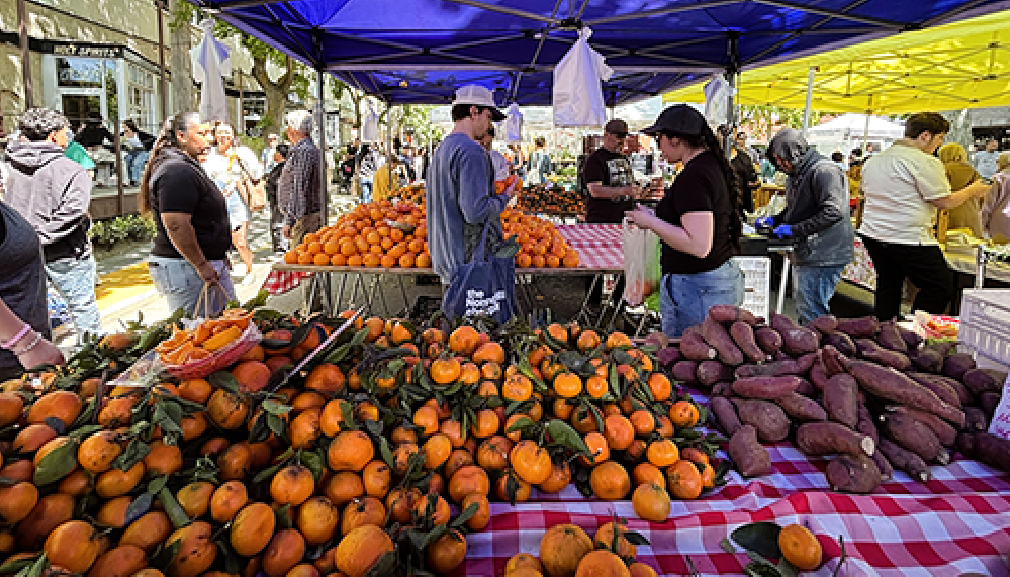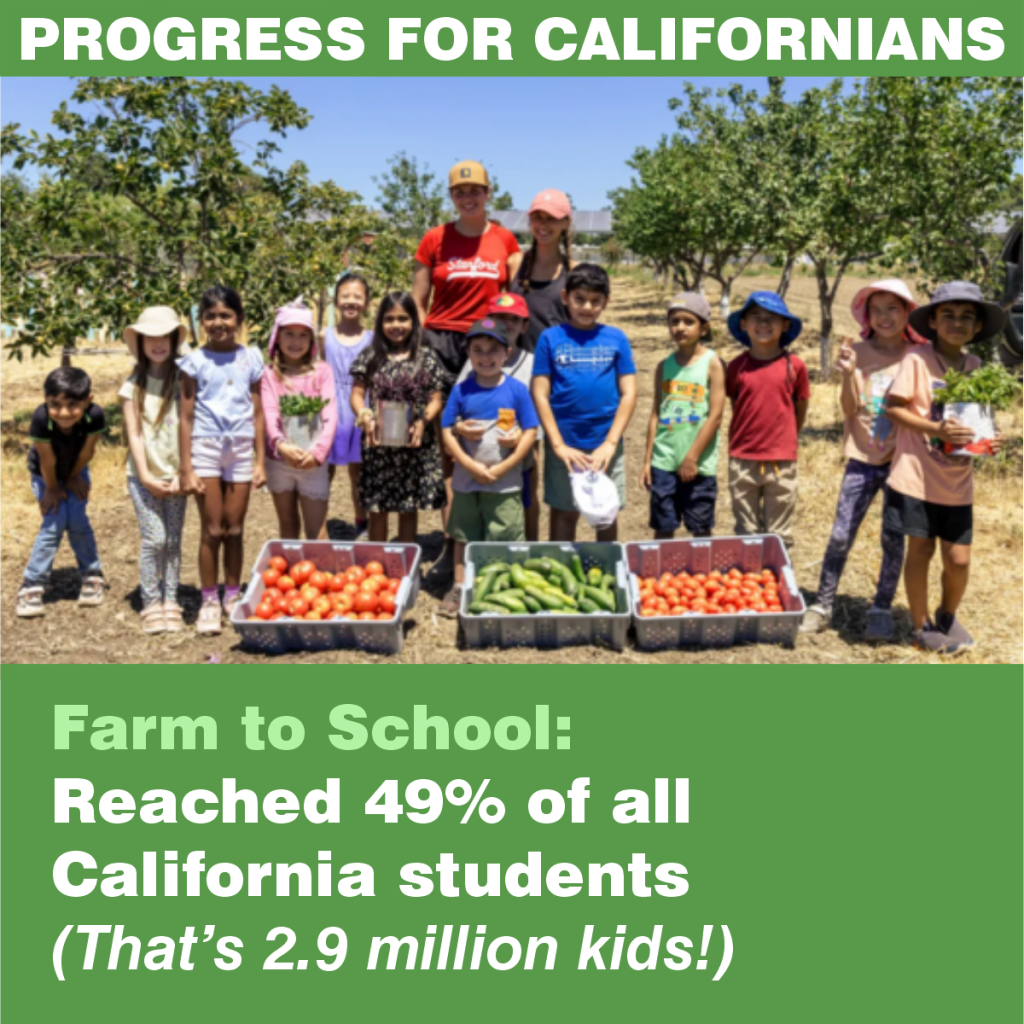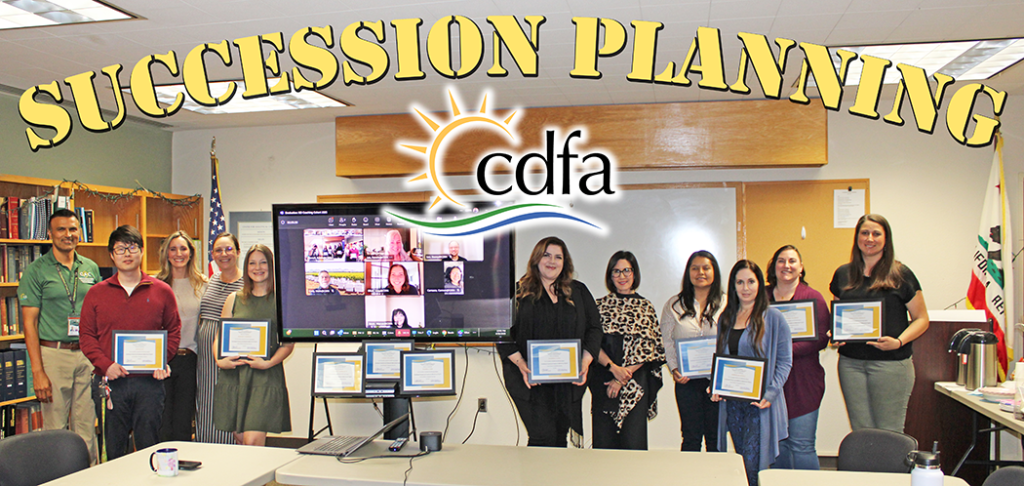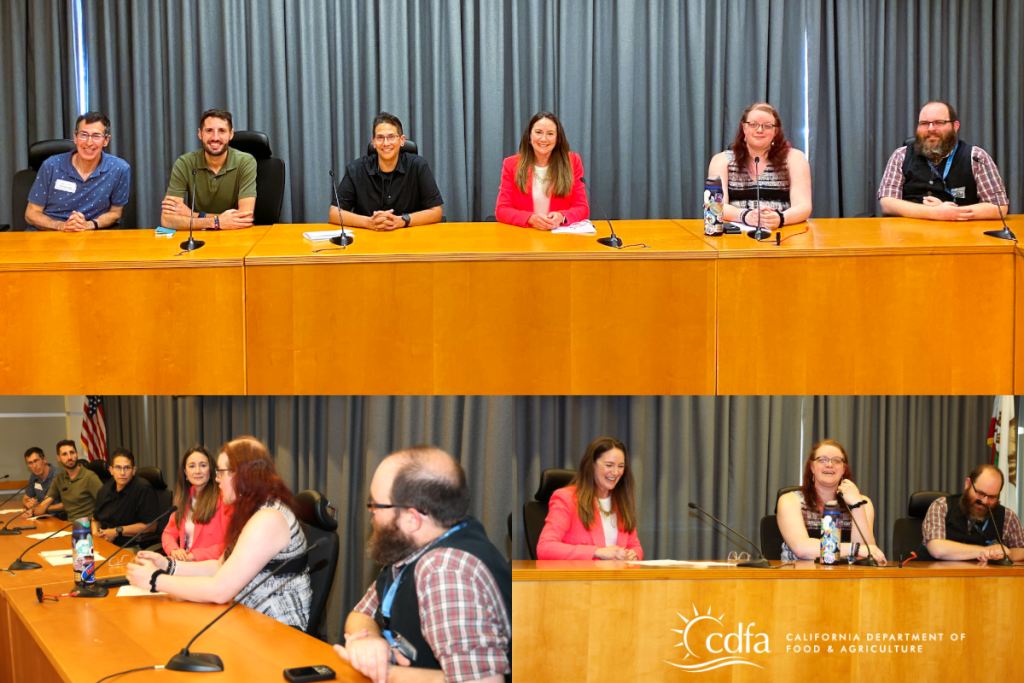
Pictured, top (L-R) Jeff Cesca, Director of Marketing Services (Retired); Tad Naquin, Agricultural Biological Technician, Center for Analytical Chemistry; Gina Saldana, Personnel Supervisor, Human Resources Branch; Undersecretary Christine Birdsong; Siobhan Reid, Service Desk Analyst, Information Technology Services; Edward Southwick, Environmental Scientist, Plant Health & Pest Prevention Services Division.
On Tuesday, June 17, CDFA’s Diversity, Equity, and Inclusion Committee and Office of Civil Rights hosted a Pride Month panel event featuring five CDFA team members and moderated by Undersecretary Christine Birdsong. The event welcomed participants and highlighted personal journeys, resilience, and the meaning of Pride.
Undersecretary Birdsong opened the conversation with a powerful reminder of the history behind Pride. “While Pride Month is festive, we also reflect on the sobering legacy of the Stonewall Riots in 1969. We’ve come a long way, but we still have a long way to go. I’m especially grateful you’re here — to learn, to share, and to be seen,” she said.
Edward Southwick, an Environmental Scientist in the Pest Detection/Emergency Projects Branch, shared his ongoing journey of self-discovery, recalling, “There are multiple closet doors you come out of—the first is to yourself. It’s about learning who you are and finding your place in a community that’s accepting.”
Siobhan Reid, Service Desk Analyst with the Information Technology Services Division (ITSD), reflected on the complexity and inclusivity of identity, “We’re not going anywhere—we’re queer. Queer is a big umbrella that makes space for everyone. But we have to make sure no one disappears or is left behind.”
Gina Saldana, Personnel Supervisor with the Human Resources Branch, recalled the emotional impact of her first Pride parade, “It literally brought me to tears. Everyone was rooting for me, supporting me. I knew I was different when I was little, but that day, I knew it was okay to just be me.”
Tad Naquin, Agricultural Biological Technician with the CDFA Center for Analytical Chemistry, emphasized visibility and resilience, “Pride is about making space safe and visible. Growing up, I didn’t have the words for who I was — it was exhausting. But pride gave me agency. It’s a journey, and it has changed me for the better.”
Jeff Cesca, retired Director of Marketing Services, brought perspective from four decades, who said, “Pride means being proud of who you are and your role in life. In the past, I couldn’t fully express myself, but I focused on living authentically through kindness, respect, and listening.”
The panel closed with heartfelt appreciation from Undersecretary Birdsong, “This is what it means to feel comfortable bringing your authentic self to work. People are watching, and they’re learning. Thank you for being role models.”
CDFA remains committed to equity, inclusion, and belonging and this event reaffirmed the power of sharing stories and building community.
Pride Month Events
CDFA invites everyone to continue celebrating Pride Month by attending the next upcoming event online:
Virtual Lunch & Learn: Cody Nicholson Stratton from Foggy Bottom Boys Farm
Foggy Bottom Farm is a sixth generation organic dairy farm operating since the 1860’s in the foggy bottoms of the Eel River Valley on the North Coast of California.
Date: Thursday, June 19, 2025
Time: 11:30 am – 12:30 pm
Registration: Zoom Link




